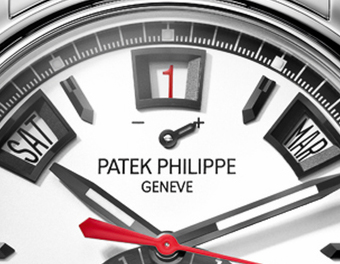Watch GlossaryPower Reserve
A power reserve feature in a watch helps the wearer keep a track of the amount of time left before the watch needs to be wound again
May We Recommend
What is power reserve on a watch?
Power reserve on a watch is a feature that is showcased through an indicator or an aperture. It shows the remaining amount of stored energy in the watch and also helps one to keep track of when to wind the watch. It is one of the most essential and intricate complications ever designed. Found in mechanical watches, it helps the wearer keep a track of the amount of time left before the watch needs to be wound again.

In simpler terms, the power reserve acts like a fuel gauge, it shows the wearer how much energy the mainspring is holding. For any mechanical watch it is critical that at least 30% of the mainspring of the watch is left wound in order the let the usual functioning go smooth. An automatic watch must be worn around the wrist for atleast 10-15 hrs a day to let it remain fully wound.
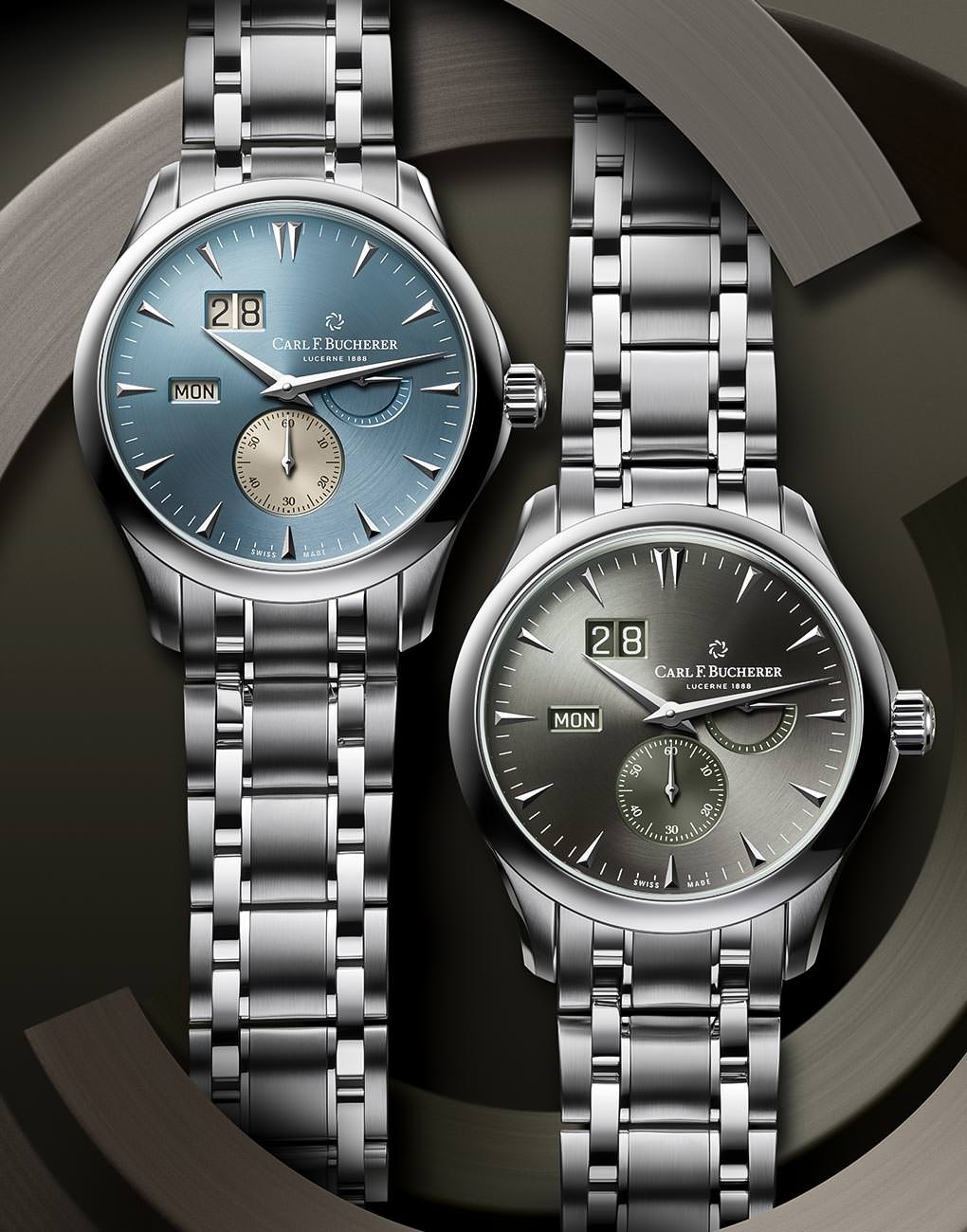
Power reserve indicators were earlier used in marine chronometers and Railroad grade pocket watches. The first prototype watch with a power reserve was created by watch brand Breguet in 1933 and the first power reserve indicator watch which was designed for production was created by brand Jaeger- LeCoultre for their Powermatic collection in 1948. The functioning of a power reserve display is very simple. A special train of gears attached to the ratchet wheel or barrel arbor drives the power reserve indication showing the extent of the wind. As soon as the hand reaches the last value, it is an indication that the power reserve is low. It is a way for the wearer to know how much power the watch has.
Different Power Reserve Displays
Watch manufactures use various locations on the dial to place the power reserve indicator. Sometimes a watch which has a power reserve does not display it on the dial; instead it just engraves it on the case back. Hence, one should not assume that the watch does not have a power reserve if it’s not on the dial.
For the dial design fitting in a power reserve indicator is one of the main tasks. There are various design formats which manufacturers use. Some of them are listed below.
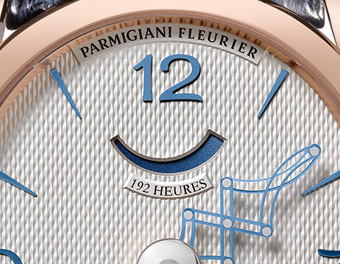 Aperture – A window on the dial similar to a retrograde which highlights in colour the power left in the mainspring.
Aperture – A window on the dial similar to a retrograde which highlights in colour the power left in the mainspring.
Linear – Usually seen on Panerai dials, the linear power reserve display has marking in a scale format to indicate the amount of power left.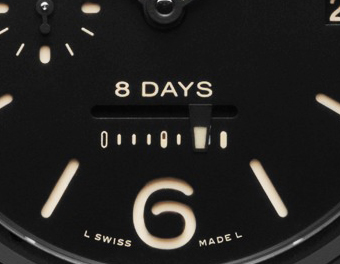
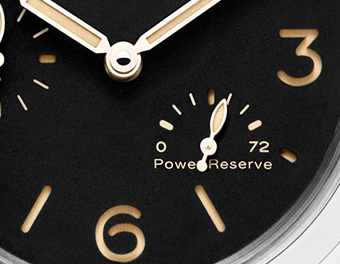 Pie – A pie display gives you the indication in days or hours across the band and the hand moves as per the amount of energy left in the mainspring.
Pie – A pie display gives you the indication in days or hours across the band and the hand moves as per the amount of energy left in the mainspring.
+/- – Another useful format for power reserve indicators the + and – sign are differentiated and the small hand shows the exact reserve accordingly.